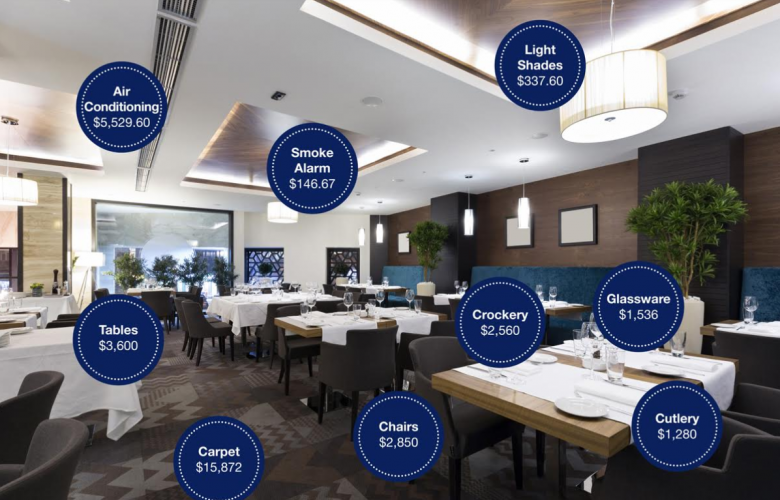See the deductions available in a hotel restaurant
Contact
See the deductions available in a hotel restaurant
Many customers judge a hotel by its restaurant, so it can only be expected that hoteliers put a lot of resources into making their restaurants fit for an unforgettable dining experience - Fortunately for hoteliers, many of the fit-out costs can be recouped through depreciation deductions.
We all know that food is only one part of a dining experience and the general ambience, furniture, artwork and even the cutlery and glassware all play an important role in shaping diners’ impressions.
As such, hoteliers often outlay hundreds of thousands of dollars to create an impressive restaurant that will leave every diner with a good taste in their mouth.
Fortunately for hoteliers, many of the fit-out costs can be recouped through depreciation deductions.
Depreciation is the wear and tear that occurs to a building and the items within it over time. The Australian Taxation Office allows commercial building owners and tenants to claim the wear and tear of the property’s structure and fixed items as well as for the easily removable plant and equipment items within the property.
That means that hoteliers can claim depreciation deductions for many assets installed during the fit-out of a restaurant. The infographic below shows just some of the deductions hoteliers can claim for assets in their hotel restaurant in the first year alone.
Many hoteliers are surprised at just how lucrative the deductions are, with cutlery alone attracting $1,280 in depreciation. Hoteliers can claim a massive $15,872 for carpet, $5,529.60 for air conditioning, $3,600 for tables, $1,536 for glassware, $2,560 for crockery, $2,850 for chairs, $337.60 for light shades and $146.67 for smoke alarms.
These add up to an impressive $33,712 in deductions in the first financial year, which is just a taste of the depreciation deductions a hotelier can expect to claim for their restaurant.
If you consider that claiming depreciation could save you $33,712 in the first year alone, imagine what these deductions would add up to over the effective life of the property (forty years). Then think about all the assets in every other room in a hotel and the impressive amount of deductions this would add up to over the life of the property.
Not only is this a significant source of cash flow, but it can reduce the operational costs of the hotel.
To ensure that depreciation deductions are maximised, hoteliers should contact a specialist Quantity Surveyor to arrange a comprehensive tax depreciation schedule, which will outline the deductions available for every eligible asset.
To learn more about the depreciation deductions available in a hotel or any commercial property, visit the commercial property depreciation page on the BMT Tax Depreciation website.
This is a promoted article provided by BMT Tax Depreciation.
Bradley Beer (B. Con. Mgt, AAIQS, MRICS, AVAA) is the Chief Executive Officer of BMT Tax Depreciation. Please contact 1300 728 726 or visit www.bmtqs.com.au for an Australia-wide service.
See also:
See the deductions available in a hotel lobby - BMT Tax Depreciation







